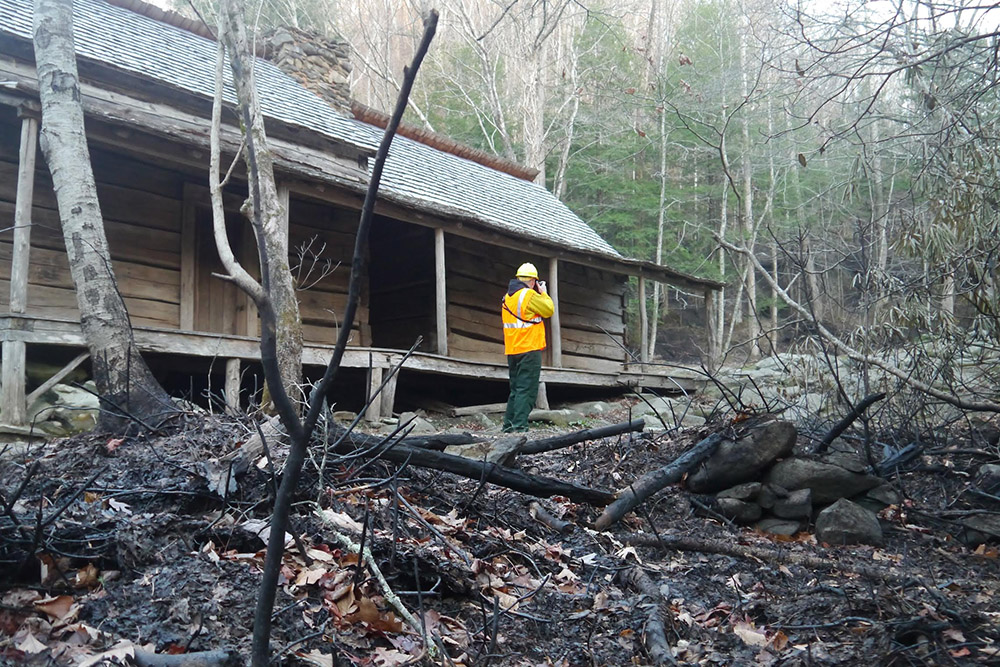Displaying items by tag: mingus family
The Mingus music mill: Tracing a mountain family’s history from slavery to stardom
 Charles Mingus, the descendant of slaves from the Smokies, is shown chomping a cigar and playing bass at the U.S. Bicentennial celebration in Lower Manhattan, July 4, 1976.
Charles Mingus, the descendant of slaves from the Smokies, is shown chomping a cigar and playing bass at the U.S. Bicentennial celebration in Lower Manhattan, July 4, 1976. Tom Marcello
Smokies African American studies trace a great musician with roots in Oconaluftee
GATLINBURG — Black history, let alone jazz history, isn’t the first thing that comes to mind when most people think about the Smokies.
But famed jazz musician Charles Mingus Jr.’s family has roots in what is now Great Smoky Mountains National Park.
At the recent virtual Discover Life in America Colloquium, previously reported on by Hellbender Press, Appalachian Highlands Science Education Coordinator Antoine Fletcher was the sole presenter on social sciences. He went into the Mingus family history and Black history in the Southern Appalachian region.
Fletcher said the Mingus story derives from the African American Experiences in the Smokies Project, which he described as “a project that is focusing on the untold stories of African Americans in the park and the Southern Appalachian region.”
“There’s a huge story to tell,” he said of his research. “There are stories of the human vestiges that we have from 900-plus years.”
2016 Smokies wildfires: Six years later, the good and the bad come into focus as natural recovery continues
 Journalists and park officials document damage from the November 2016 wildfires that killed at least 15 people and left hundreds of dwellings and businesses in ruins. Thomas Fraser/Hellbender Press via Knoxville Mercury
Journalists and park officials document damage from the November 2016 wildfires that killed at least 15 people and left hundreds of dwellings and businesses in ruins. Thomas Fraser/Hellbender Press via Knoxville Mercury
How the 2016 Great Smoky Mountains National Park wildfire affected salamanders and other life, six years on
GATLINBURG — The disastrous Chimney Tops 2 wildfire of 2016 occurred some six years ago, but researchers are still looking at its ecological effects.
The Discover Life in America 2023 Colloquium brought together researchers this month from different fields and universities to present findings on research in Great Smoky Mountains National Park.
Researchers presented on many topics, ranging from trout to the history of the Mingus family in the park.
One such presentation, the first of the day, from William Peterman, associate professor in wildlife ecology and management at Ohio State University, focused on the effects wildfires had on salamander populations, which he described as negative.
Other presenters touched on the wildfire’s effects as well, including its effects on vegetation and its beneficial effects on the diversity of bird species.
“Smoky Mountains is the self-proclaimed salamander capital of the world,” Peterman said. He focused his study on the plethodontid family of salamanders, which breathe through their skin.
“Kind of think of them as a walking lung,” he said.